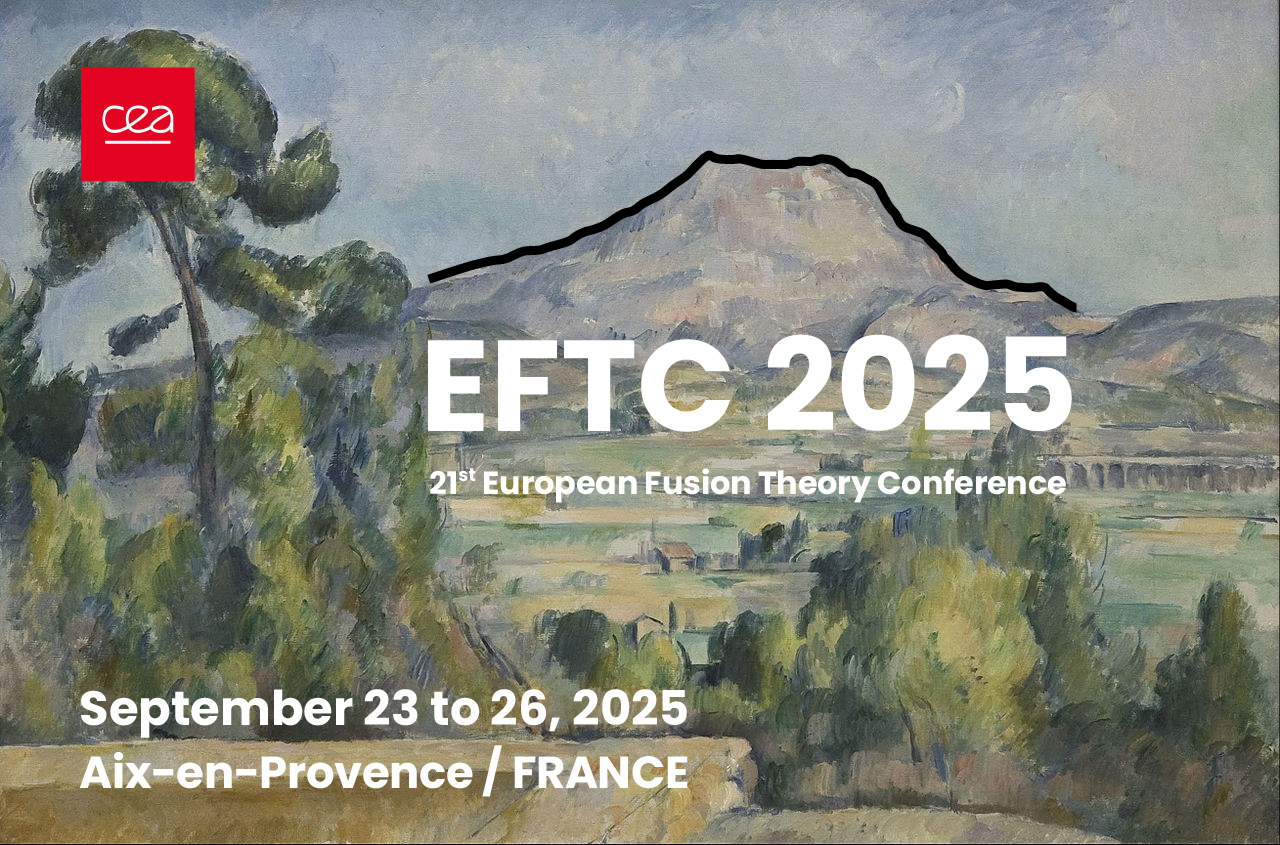Speaker
Description
Turbulent transport represents one of the major topics in plasma physics, especially taking into account its impact on the performance of nuclear fusion devices. However, modelling turbulence requires long-time highly resolved simulations to capture the fine spatial and temporal scales, making it numerically intensive. The use of surrogate models might represent a good compromise between computational cost and physical accuracy. The recent development of Generative Artificial Intelligence (AI) has brought up new perspectives in this regard, with the ability to avoid solving all spatiotemporal scales. We present here the GAIT model [1,2], for Generative Artificial Intelligence Turbulence, based on the combination of two machine learning models, able to efficiently generate long-time turbulent simulations after being trained on a short simulation. A convolutional variational autoencoder (CVAE) serves as a strong dimensionality reduction tool and creates a meaningful and structured representation of turbulence in a reduced dimensionality space called latent space. Then, a recurrent neural network is trained to learn and reproduce the time evolution of the representation of the turbulent state in the latent space. The low dimension of the latent space allows for the generation process to be very efficient, and the parallelization capability of the CVAE allows to reconstruct the real turbulent evolution from the latent space trajectory. As a proof of concept, we apply this new method to a 2D fluid model of drift wave turbulence: the Hasegawa-Wakatani model [3]. A series of quantitative tests, based on both Eulerian and Lagrangian metrics, are applied to the AI generated turbulence to demonstrate the excellent fidelity of the AI surrogate model. We show that our GAIT model successfully reproduces the characteristics of the turbulence, ranging from Fourier spectra comparisons to particle transport analyses, exhibiting an acceleration factor of 400 with respect to standard numerical techniques. The versatility, fidelity and acceleration capability of the GAIT model position our approach as a strong candidate to produce surrogate models in high-dimensional turbulence applications for fusion plasmas.
References:
[1] Clavier, B., Zarzoso, D., del-Castillo-Negrete, D., & Frénod, E. (2025). Generative-machine-learning surrogate model of plasma turbulence. Physical Review E, 111(1), L013202.
[2] Clavier, B., Zarzoso, D., del-Castillo-Negrete, D., & Frénod, E. (under review). A Generative Artificial Intelligence framework for long-time plasma turbulence simulations. Physics of Plasmas.
[3] Hasegawa, A., & Wakatani, M. (1983). Plasma edge turbulence. Physical Review Letters, 50(9), 682.

